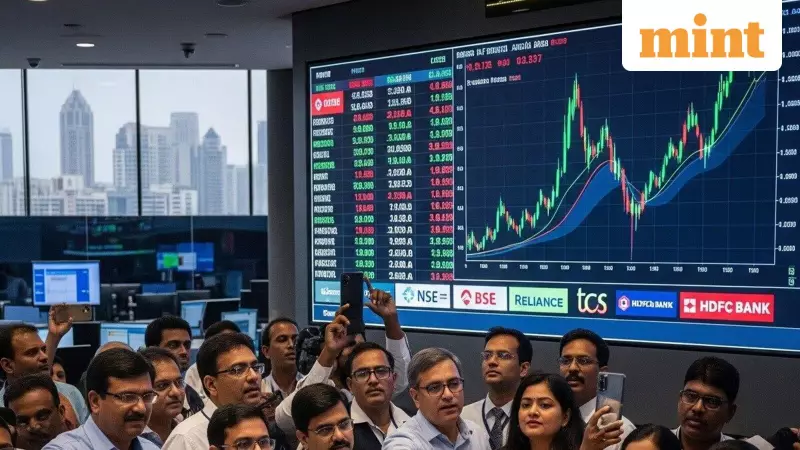
The Indian stock market presents a curious paradox that has left investors scratching their heads. Despite the country posting impressive economic growth numbers and maintaining remarkably low inflation, the benchmark indices have been struggling to breach previous all-time highs. What's holding back the bull run in one of the world's fastest-growing economies?
The Economic Backdrop: All Green Signals
On paper, everything appears perfectly aligned for a market surge. India's GDP growth continues to outpace most major economies, inflation remains within the Reserve Bank of India's comfort zone, and corporate earnings have shown consistent improvement. Yet, the Sensex and Nifty 50 have been trading in a range, unable to sustain momentum above previous peaks.
The Hidden Pressure Points
Foreign Investor Exodus
One of the most significant factors weighing on the market is the persistent selling by Foreign Institutional Investors (FIIs). These global investors have been net sellers in Indian equities for several months, driven by several compelling reasons:
- Attractive alternatives: Rising interest rates in developed markets like the US offer safer, guaranteed returns
- Valuation concerns: Indian markets trade at premium valuations compared to other emerging markets
- Currency fluctuations: Rupee volatility impacts dollar-denominated returns for foreign investors
Geopolitical Tensions and Global Uncertainty
The ongoing conflicts in Ukraine and the Middle East have created a risk-averse environment globally. International investors are pulling back from emerging markets and seeking shelter in safer assets like US Treasury bonds and gold. This risk-off sentiment has particularly impacted markets like India that rely heavily on foreign capital inflows.
Election Jitters and Policy Uncertainty
With general elections approaching, investors typically adopt a wait-and-watch approach. The market dislikes uncertainty, and political transitions can bring policy changes that affect various sectors. Historical data shows that markets often consolidate or correct in the months leading up to major elections before resuming their upward trajectory once the political landscape becomes clear.
Sector-Specific Challenges
Certain key sectors that heavily influence market indices are facing unique headwinds:
- Information Technology: Global slowdown concerns and reduced tech spending
- Banking and Financial Services: Margin pressure and rising competition
- Consumer Goods: Uneven rural demand recovery
- Automobile: Transition to electric vehicles creating uncertainty
The Silver Lining: Domestic Investor Resilience
While foreign investors have been selling, domestic institutional investors and retail participants have shown remarkable resilience. Systematic Investment Plans (SIPs) continue to break records month after month, demonstrating the growing maturity of Indian investors who see market corrections as buying opportunities rather than reasons to panic.
Market Outlook: Patience Over Panic
Market experts suggest that the current phase represents a healthy consolidation rather than the beginning of a bear market. Historical patterns indicate that such consolidation phases often set the stage for the next leg up. The fundamental strengths of the Indian economy remain intact, and once the global uncertainty recedes and foreign investors return, markets could resume their upward journey.
The bottom line: The Indian stock market's inability to hit new highs despite strong fundamentals reflects the complex interplay of global and domestic factors. For long-term investors, this might represent an opportunity to build positions in quality companies at reasonable valuations, while short-term traders need to brace for continued volatility.





